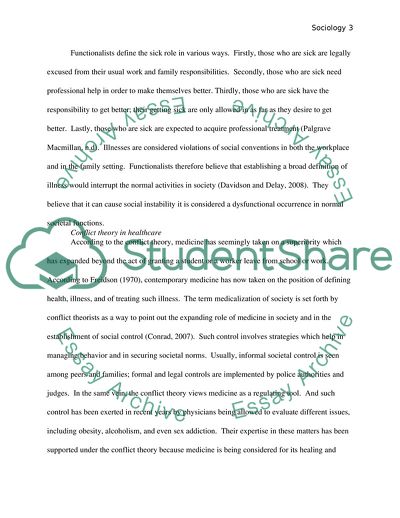Cite this document
(The Social Institutions Case Study Example | Topics and Well Written Essays - 2250 words - 1, n.d.)
The Social Institutions Case Study Example | Topics and Well Written Essays - 2250 words - 1. https://studentshare.org/sociology/1753071-social-institution
The Social Institutions Case Study Example | Topics and Well Written Essays - 2250 words - 1. https://studentshare.org/sociology/1753071-social-institution
(The Social Institutions Case Study Example | Topics and Well Written Essays - 2250 Words - 1)
The Social Institutions Case Study Example | Topics and Well Written Essays - 2250 Words - 1. https://studentshare.org/sociology/1753071-social-institution.
The Social Institutions Case Study Example | Topics and Well Written Essays - 2250 Words - 1. https://studentshare.org/sociology/1753071-social-institution.
“The Social Institutions Case Study Example | Topics and Well Written Essays - 2250 Words - 1”. https://studentshare.org/sociology/1753071-social-institution.


